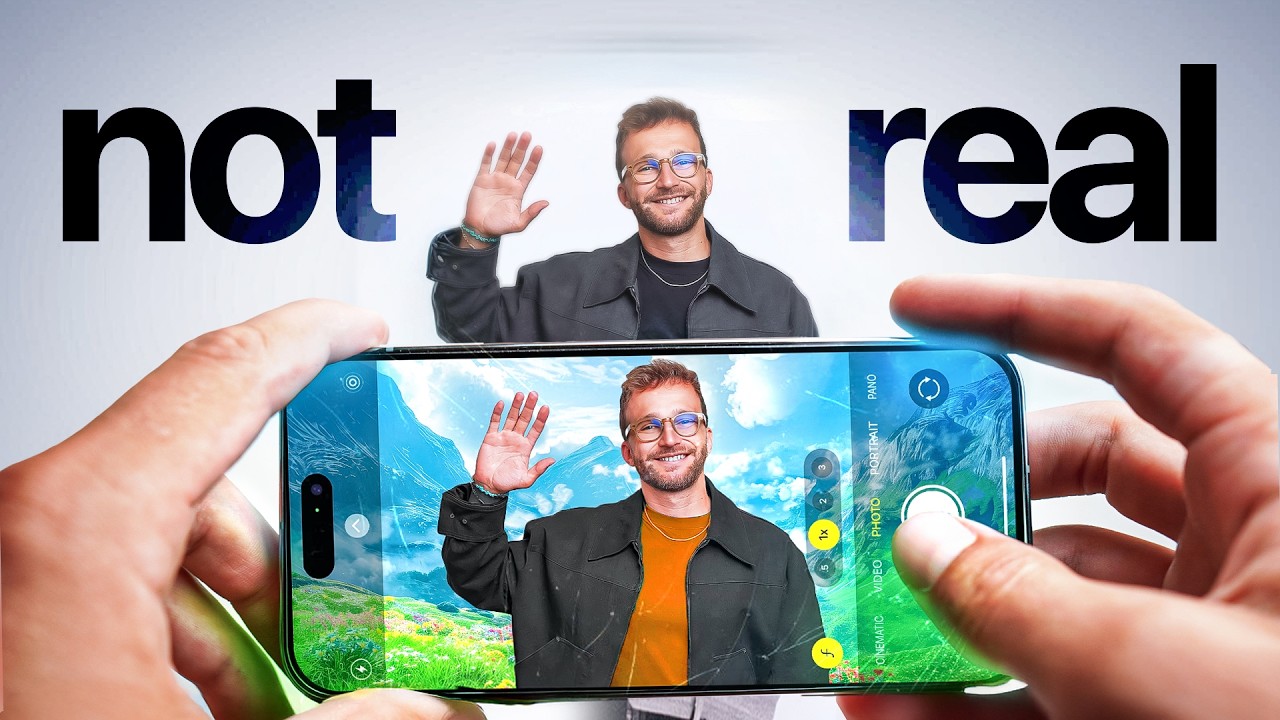The video discusses how advancements in smartphone technology, particularly with models like the Pixel 9 Pro XL, are transforming photography by relying heavily on computational photography, which raises questions about the authenticity of images. The creator suggests a future where photography may split into two categories: one focused on capturing reality and another using AI to enhance memories, reflecting on the evolving nature of how we perceive and value images.
The video begins with the creator reflecting on a recent trip to the Alps, where they captured a photo that didn’t meet their expectations due to poor lighting and composition. This leads to a broader discussion about the nature of photography and how smartphones, particularly the new Pixel 9 Pro XL, are changing the way we capture images. The creator argues that traditional photography has always been about capturing reality, but with advancements in smartphone technology, the authenticity of photos is increasingly in question.
The creator explains the technical limitations of smartphone cameras, such as smaller sensors that capture less light compared to larger format cameras. This limitation has led to the reliance on software and computational photography to enhance images. When a photo is taken, a series of algorithms process the image, interpolating missing pixels and adjusting for noise, resulting in a final product that is often a manipulated version of reality. The creator emphasizes that the photos taken with smartphones are not purely captured images but rather the result of extensive digital processing.
As smartphone technology evolves, the creator notes that even with larger sensors, companies continue to push the boundaries of computational photography. Features like Night Sight and portrait mode have become standard, allowing users to take impressive photos under challenging conditions. However, this reliance on software processing has led to a distinct “smartphone look” that differs from traditional photography. The creator contrasts a photo taken with a smartphone against one taken with a regular camera, highlighting the over-processed nature of smartphone images.
The introduction of features like Magic Editor on the Pixel 9 allows users to make significant alterations to their photos with ease, such as changing framing or removing unwanted elements. This raises questions about the authenticity of images, as the line between reality and manipulation blurs. The creator discusses the historical context of photo manipulation, noting that while it has always existed, the ease of use and accessibility of these tools today is unprecedented. This shift could lead to a future where photos are no longer seen as true representations of reality.
In conclusion, the creator suggests that there may be value in using AI to capture memories rather than strict reality. They propose the idea of having two types of cameras: one focused on capturing reality with high quality and another designed to create memories through AI enhancements. This dual approach could cater to different needs, especially for those who may not have the skills to take great photos. The video ends with a contemplation of the evolving nature of photography and the implications of these technological advancements on how we perceive and value images.
